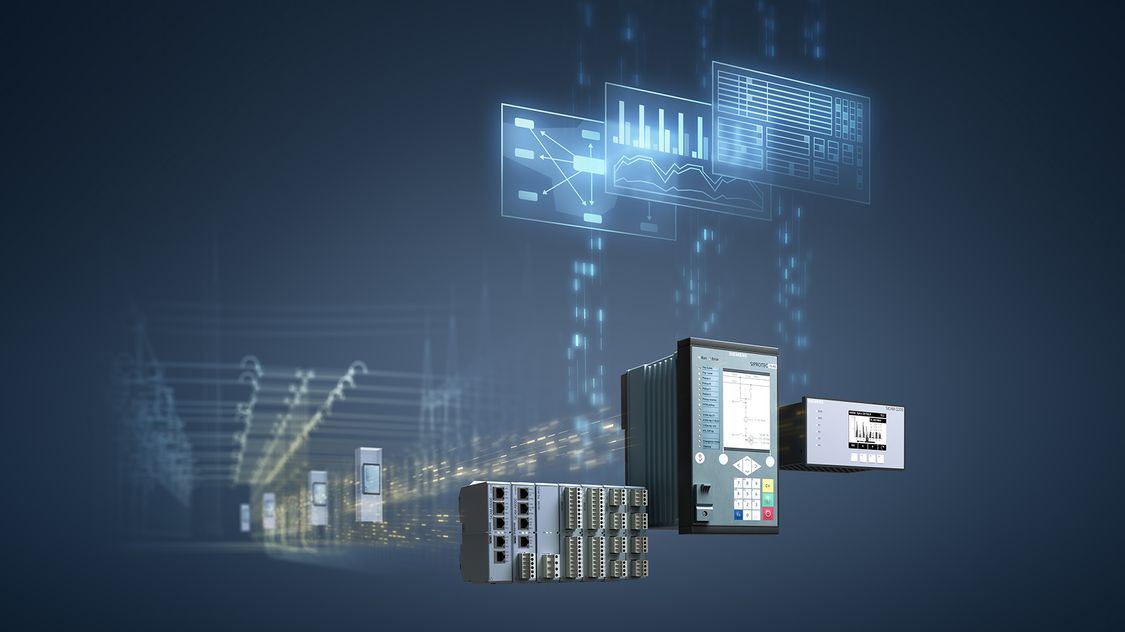Drives
Drives, also known as variable frequency drives (VFDs) or adjustable speed drives (ASDs), are essential components in industrial automation, providing precise control over the speed and torque of electric motors. From improving energy efficiency to enhancing process control, drives play a pivotal role in driving productivity, reliability, and sustainability across a wide range of industrial applications. Let's delve into the world of drives and uncover their significance in modern manufacturing and automation.

Drives are electronic devices that regulate the speed, torque, and direction of electric motors by varying the frequency and voltage of the power supplied to them. By adjusting motor speed to match load requirements, drives optimize energy consumption, reduce mechanical stress, and enhance system performance, making them indispensable in industrial automation and process control applications.
2. Types of Drives:
Drives come in various types and configurations to suit different motor types, applications, and performance requirements. Some common types of drives include:
AC Drives: AC drives, also known as variable frequency drives (VFDs), are used with alternating current (AC) motors to control motor speed by varying the frequency of the electrical supply.
DC Drives: DC drives regulate the speed of direct current (DC) motors by adjusting the voltage and current supplied to the motor armature.
Servo Drives: Servo drives provide precise control over servo motors, enabling high-performance motion control and positioning in applications such as robotics, CNC machining, and automation systems.
Regenerative Drives: Regenerative drives harness energy generated during braking or deceleration and feed it back into the power supply, improving energy efficiency and reducing power consumption in applications with frequent start-stop cycles.
3. Benefits of Drives:
Energy Efficiency: Drives optimize motor speed and power consumption to match load requirements, reducing energy waste and operating costs while enhancing overall energy efficiency.
Process Control: Drives provide precise speed and torque control, enabling fine-tuning of motor performance and responsiveness to meet varying production demands and process conditions.
Equipment Protection: Drives protect motors and machinery from damage by limiting torque, preventing overloads, and detecting faults or abnormalities in operation, enhancing equipment reliability and lifespan.
Noise Reduction: Drives minimize motor noise and vibration by controlling speed and acceleration, improving workplace safety and comfort for operators and personnel.
Maintenance Savings: Drives reduce mechanical wear and tear on motors and equipment by avoiding unnecessary starts, stops, and speed fluctuations, resulting in fewer maintenance interventions and extended equipment life cycles.

